Ever found yourself at a social dance, nodding to the beat and realizing halfway through a conversation that you have no idea whether you’re dancing Swing, Lindy Hop, or something else altogether? Don’t worry—you’re definitely not alone. Years ago, I strutted onto a dance floor in New York, confidently telling everyone I was a Lindy Hopper. Turns out, I was actually doing East Coast Swing—with some questionable footwork thrown in. No shame in that, but it made me wonder: why is there so much confusion about these styles? Let’s pull back the curtain on Swing and Lindy Hop and figure out not just what sets them apart, but why mixing them up is so irresistible.
The Not-So-Secret Life of Swing: Music, Movement, and More
If you’ve ever stepped onto a dance floor at a swing event, you’ve probably noticed something: Swing isn’t just one thing. It’s not a single dance, nor a single sound. Instead, swing is a vibe—a musical groove rooted deeply in jazz music, but constantly evolving, sometimes even sparking heated debates about what counts as “real” swing. Let’s break down the layers of swing music, its connection to swing dance, and why everyone seems to have a different answer when you ask, “What is swing?”
What Is Swing Music, Really?
At its core, Swing Music is a style of jazz that took off in the United States during the 1930s and 1940s. This was the Big Band era, when orchestras led by legends like Duke Ellington and Count Basie filled ballrooms with a sound that was both energetic and irresistibly danceable. The music is marked by strong rhythms, syncopation, and a driving 4/4 time signature—elements that practically demand you tap your toes or get up and move.
But here’s where things get interesting. Some people define swing very narrowly: only the jazz music produced by big bands between roughly 1933 and 1947 counts. Others take a broader view, seeing swing as any music—old or new—that captures that infectious, swinging rhythm. This includes jump blues, early rock and roll, soul, Charleston, and even modern genres like electroswing.
Swing Dance: Born from the Music
Now, let’s talk about Swing Dance. The term “swing” is often used interchangeably with “Lindy Hop,” but that’s a bit of a shortcut. In reality, swing is the music you dance to, while Lindy Hop is just one of several dances that emerged from this music. Other styles, like East Coast Swing, Charleston, and Balboa, also have their roots in swing music and jazz. Each style interprets the music’s strong rhythms and syncopation in its own way, but all share that same urge to “swing along.”
Research shows that the characteristics of swing music—especially its rhythmic drive and syncopation—directly influence the dynamic, improvisational movements found in swing dances. The connection is so strong that, as one quote puts it,
“Swing in English means, precisely, to swing.”
Strict Definitions vs. Open Interpretations
Within the swing community, you’ll find a spectrum of opinions. Some purists insist that only music from the classic Big Band era is true swing. They’ll argue that anything outside of that—say, a jump blues track or an electroswing remix—just doesn’t have the right feel. Others, however, take a more inclusive approach. For them, swing is about the groove and the energy, not the year or the band. If it makes you want to dance, it counts.
This debate isn’t just academic. It shapes what gets played at social dances, what’s taught in classes, and even how events are marketed. You might walk into a swing night expecting Count Basie and end up hearing a mix of soul, rock and roll, and electroswing. And you know what? People still dance. The floor is still packed. The spirit of swing—its energy, its movement, its joy—remains intact.
Anecdotes from the Dance Floor
Let’s be honest: Sometimes, the debate over what counts as swing music gets a little intense. But in practice, most dancers are pretty flexible. I remember one night when a band slipped an electroswing number into a classic swing set. There was a moment of hesitation—a few raised eyebrows, maybe a whispered “Is this swing?”—but then everyone shrugged, started dancing, and had a great time. The world didn’t end. The dance went on.
Why the Confusion?
Part of the confusion comes from language itself. When you use “swing” to describe both the music and the dance, it’s easy to mix things up. It’s a classic case of metonymy—taking one thing for another because they’re so closely related. But if you keep in mind that swing music is the foundation, and swing dance is what grew from it, the picture becomes much clearer.
So next time you hear someone debating what counts as swing, remember: Swing isn’t just a genre, or a step, or a sound. It’s a living tradition, shaped by jazz music, big bands, and the people who keep finding new ways to move to that irresistible beat.
Meet the Swing Family: Lindy Hop and Its Colorful Cousins
When you hear the phrase “swing dance,” it’s easy to imagine a single, iconic style—maybe a couple spinning across the floor, big band music blaring, and a few acrobatic lifts thrown in for good measure. But here’s the truth: there is no such thing as swing dance in the singular. What you’re really looking at is a sprawling family tree, each branch representing a unique style, each with its own personality, history, and flair. As one popular saying in the community goes:
“There is no such thing as swing dance—only the family of swing dances.”
Let’s break down this family, starting with the star of the show—Lindy Hop—and then meeting its colorful cousins. This will help you understand why swing dance styles are so varied, and why you’ll never see two dancers move exactly the same way on the floor.
Lindy Hop: The Heart of Harlem Dance
Lindy Hop is the cornerstone of swing dance styles. Born in Harlem, New York, during the 1920s and 1930s, this partner dance grew out of the vibrant African American jazz scene at the legendary Savoy Ballroom. Research shows that Lindy Hop was shaped by the innovations of swing music, especially the big bands of the 1930s and 1940s. It’s a dance that thrives on improvisation, musicality, and connection between partners.
What sets Lindy Hop apart? For starters, it’s famous for its eight-count basic step, known as the swing out. This move is the backbone of the dance, allowing couples to break apart and come back together in a seamless flow. Lindy Hop is also known for its acrobatic air steps—those jaw-dropping lifts and flips that wow audiences and dancers alike. But don’t be fooled: while the air steps grab attention, it’s the playful improvisation and intricate footwork that keep dancers coming back for more.
- Origin: Harlem, NYC, 1920s-30s
- Signature moves: Swing out, air steps, partner improvisation
- Music: Swing, jazz, and blues
Meet the Cousins: A Diverse Swing Dance Family
While Lindy Hop might be the most famous, it’s far from alone. The swing dance family includes a variety of styles, each with its own flavor and history. Here are some of the key members you’ll encounter:
- Balboa: A close embrace dance, perfect for fast tempos and crowded floors. Balboa is all about subtle footwork and smooth, gliding movements.
- Authentic Jazz (Solo Jazz): Danced without a partner, this style emphasizes improvisation and rhythm, often borrowing steps from tap and Charleston.
- Collegiate Shag: Known for its high energy, bouncy kicks, and quick footwork, Collegiate Shag is a favorite for up-tempo swing music.
- Boogie Woogie: A European take on swing, Boogie Woogie features lively footwork and is often danced to rock ‘n’ roll or rhythm and blues.
- Charleston Dance: With roots in the 1920s, Charleston is famous for its swinging kicks and syncopated steps, often blended into Lindy Hop routines.
- Jitterbug: Originally a nickname for young Lindy Hop dancers, Jitterbug eventually became a catch-all term for various swing styles, especially in the United States.
Each of these swing dance styles developed alongside or after Lindy Hop, often influenced by the same jazz and swing music that filled ballrooms across America and Europe. They’re all partner dances at heart, but each brings something unique to the floor—whether it’s the close embrace of Balboa or the solo flair of Authentic Jazz.
Hybrid Moves and the Potluck Spirit
One of the most exciting things about swing dance is how often styles blend together. It’s common to see dancers mix Lindy Hop with Charleston, throw in a little Balboa, or improvise with solo jazz steps. Think of it as a dance version of a potluck dinner—everyone brings their own flavor, and the result is a feast of creativity.
Studies indicate that this hybrid approach is part of what keeps swing dance styles fresh and evolving. Dancers borrow moves, experiment with rhythms, and adapt to new music genres, from classic big band to modern electro-swing. The only real rule? Keep the energy high, the connection strong, and the spirit of improvisation alive.
So, next time you step onto the dance floor, remember: you’re not just learning a single dance. You’re joining a living, breathing family of partner dances—each with its own story, each ready to welcome you in.
Why Do We Always Mix Up Swing and Lindy Hop?
If you’ve spent any time around swing dance, you’ve probably heard people toss around the terms “Swing” and “Lindy Hop” like they’re interchangeable. It’s a common shortcut, and honestly, it’s easy to see why. When you’re chatting at a social dance or inviting someone to a class, saying “Let’s go dance swing!” just rolls off the tongue. It’s quick, it sounds savvy, and most folks know what you mean. But here’s where things get interesting: while this shortcut works in casual conversation, it can create confusion—especially for those just starting their journey into the world of swing dance.
Let’s break down why this mix-up happens so often. First, there’s the temptation to use “Swing” as a catch-all term. It’s a bit like calling every type of pasta “spaghetti.” Sure, spaghetti is a kind of pasta, but so are penne, fusilli, and ravioli. Each has its own flavor and style, just like the different dances that fall under the swing umbrella. Lindy Hop is one of those dances—arguably the most iconic—but it’s not the only one. There’s also East Coast Swing, Balboa, Charleston, and more. Each style brings its own techniques, rhythms, and history to the dance floor.
Here’s where language plays a sneaky role. We love shortcuts. Metonymy—using a part to represent the whole—is everywhere in our daily speech. In the swing dance community, this means “swing” often stands in for all the related dances, including Lindy Hop. But as research into Swing Dance History shows, this shortcut can blur the lines between music and movement. There’s no such thing as “Lindy Hop music.” The music is swing; Lindy Hop is the dance. As one expert put it,
'In summary, swing is the music and lindy hop one of its dances, but we can't reduce or equate one to the other.'
Why does this matter? For one, clarity in terminology helps you appreciate the richness of swing dance culture. Lindy Hop isn’t just another step in the swing repertoire—it’s a dance with deep roots in African American history, born in Harlem’s Savoy Ballroom during the 1920s and 1930s. Its signature moves, like the “swing out” and “air steps,” are more than just flashy techniques; they’re expressions of improvisation, creativity, and community. When you understand the difference between Lindy Hop and other swing dances, you gain access to a broader toolbox of Lindy Hop techniques and swing dance styles. You also honor the legacy of the dancers who shaped this art form.
Mixing up the terms isn’t just a harmless quirk—it can limit your creative potential. Imagine walking into a dance and thinking Lindy Hop is the only way to move to swing music. You’d miss out on the playful footwork of Balboa, the energetic kicks of Charleston, or the smooth flow of East Coast Swing. In reality, swing dancers often blend styles within a single song, switching from a Lindy Hop swing out to a Boogie Woogie foot variation, then gliding into a close embrace for a Balboa section. It’s a dynamic, ever-evolving conversation with the music. If you only see “swing” as “Lindy Hop,” you’re closing the door on a world of possibilities.
But let’s be real: in most social settings, nobody’s going to call you out for saying “swing” when you mean “Lindy Hop.” The dance community is famously welcoming, and most people are just happy to see you on the floor. Still, if you’re curious—or a bit of a dance nerd—knowing the difference can be a game-changer. It gives you more ways to connect with partners, impress at parties, and maybe even win a trivia bet or two. Plus, it deepens your appreciation for the rich tapestry of Swing Dance History that continues to inspire dancers around the world.
So next time you hear someone say, “Let’s dance swing!”—smile, join in, and maybe share a little of what you’ve learned. After all, understanding the nuances only adds to the fun. And who knows? You might just spark someone else’s curiosity about the vibrant world of Lindy Hop and swing dance.
TL;DR: Swing is the music style rooted in jazz's golden era, while Lindy Hop is one charismatic dance within the broader Swing Dance family. Knowing the difference amps up your appreciation for both history and the joy of movement—plus, you’ll finally win that heated dance-floor debate.


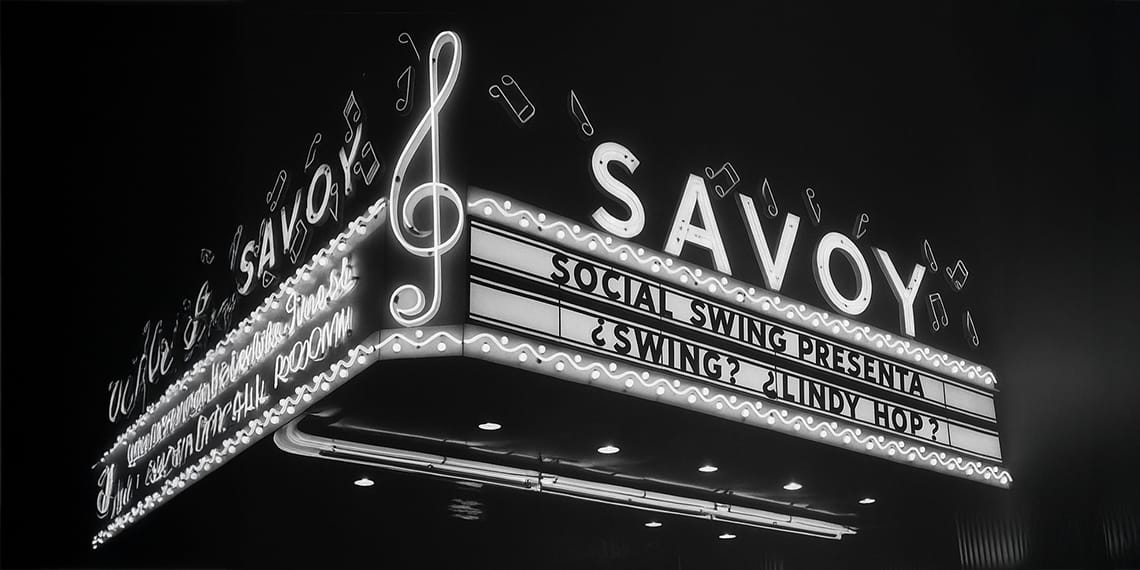
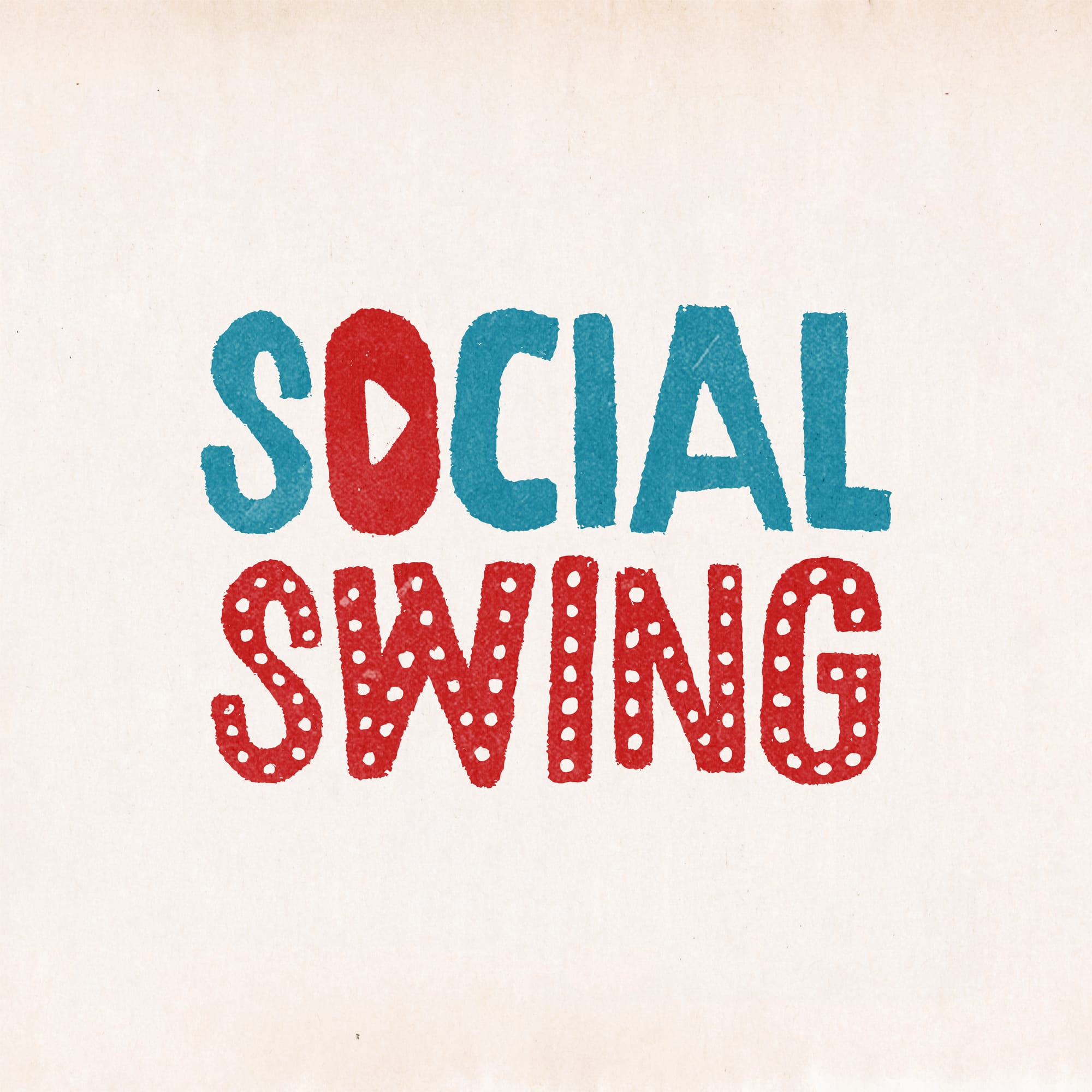

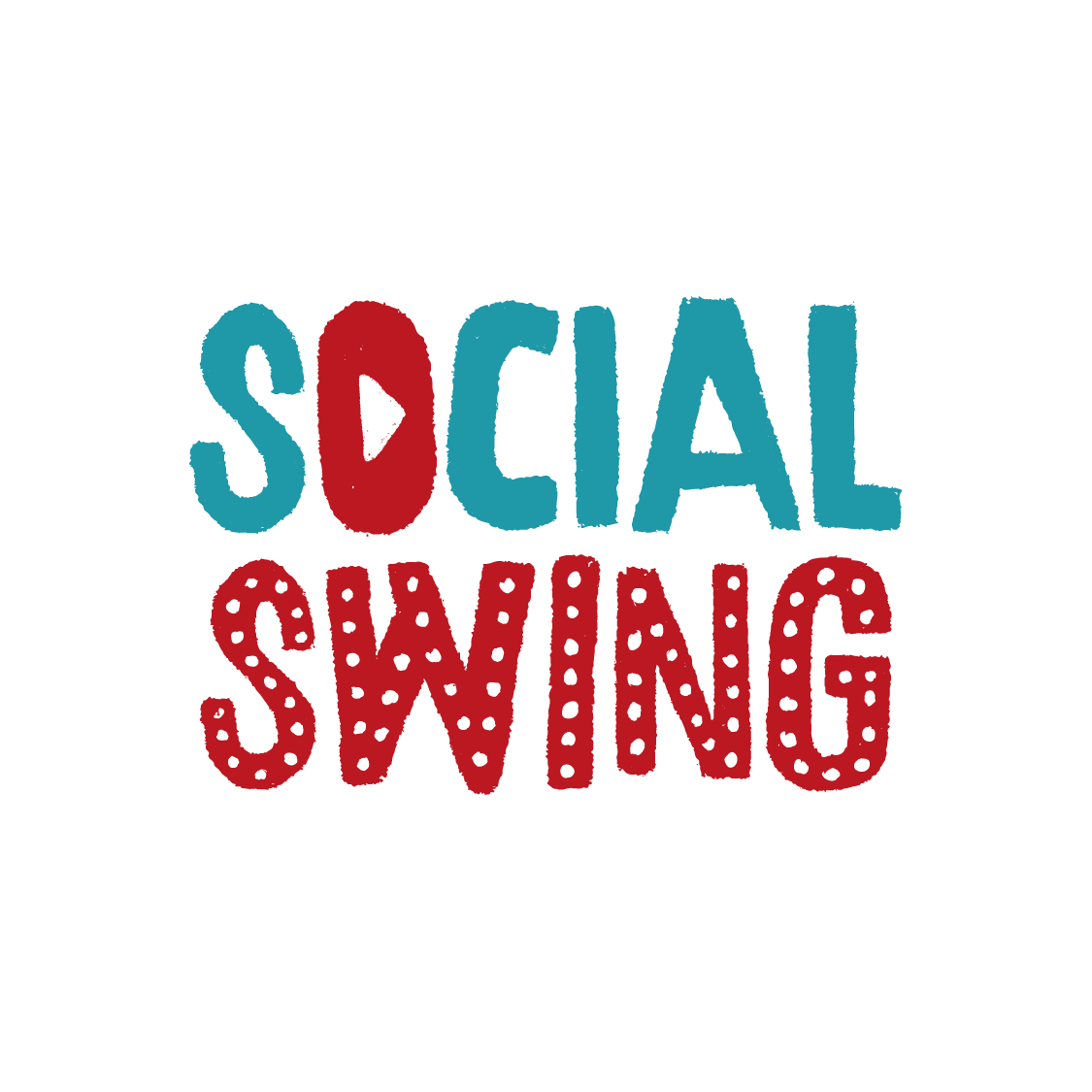
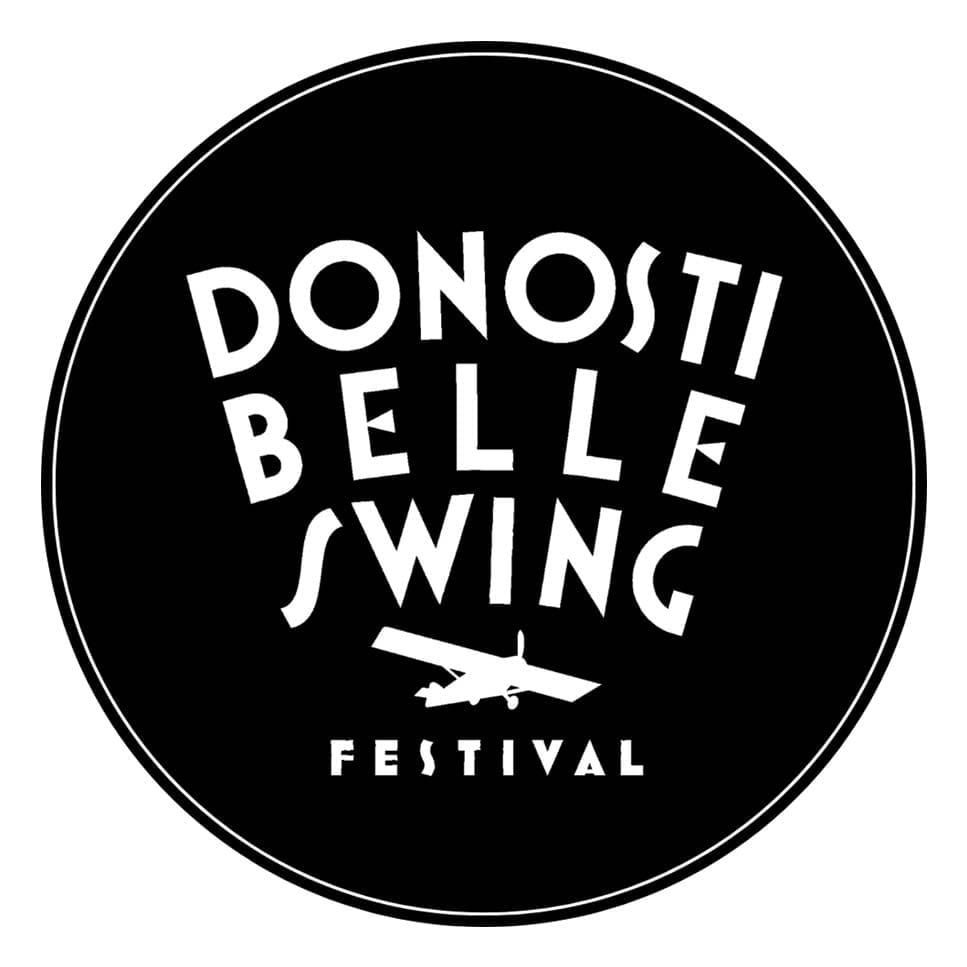
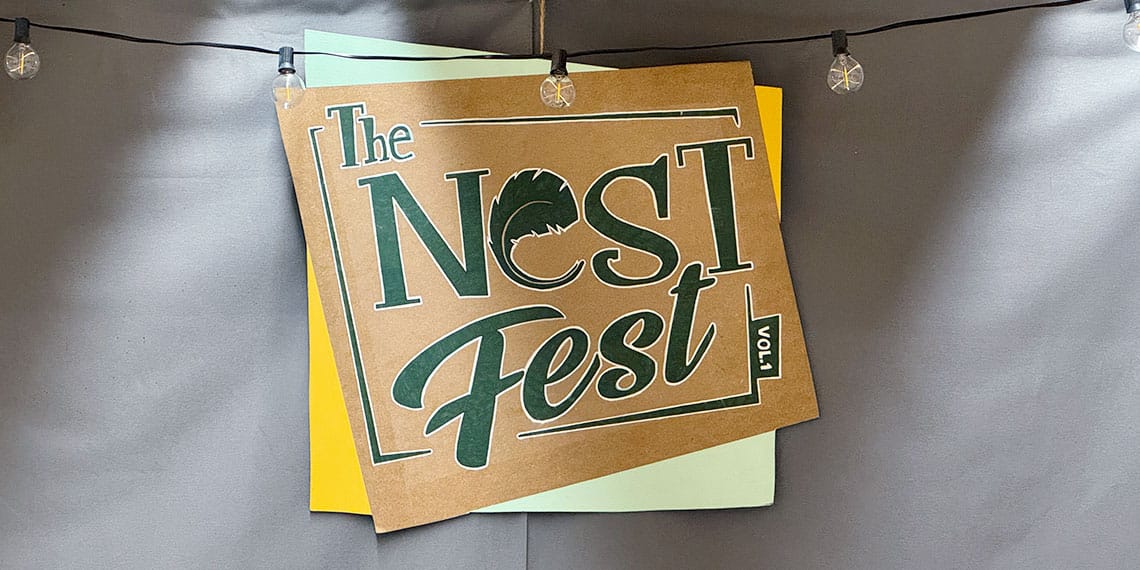


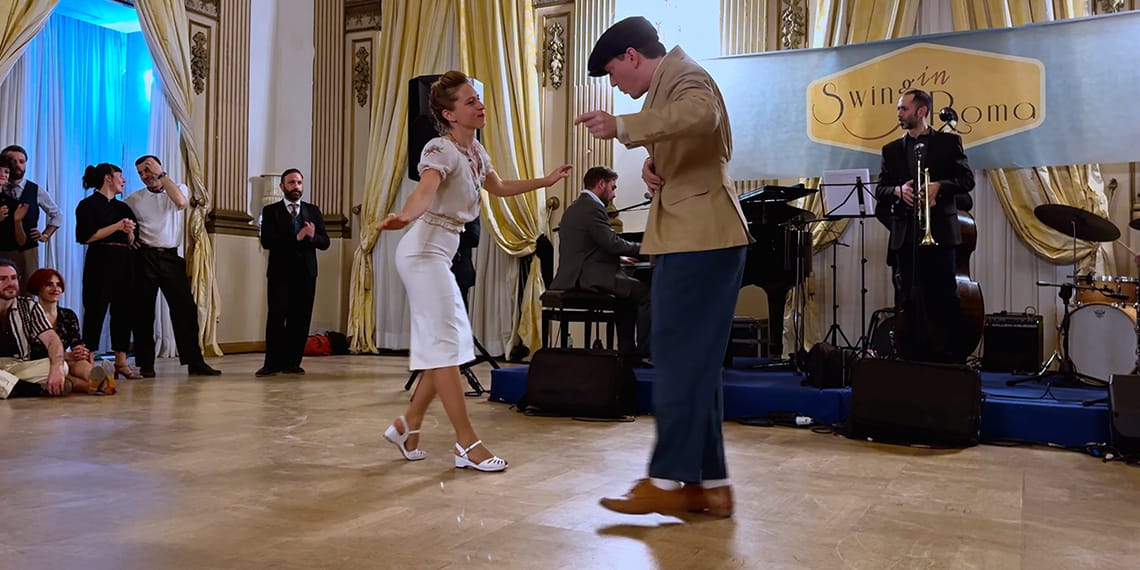
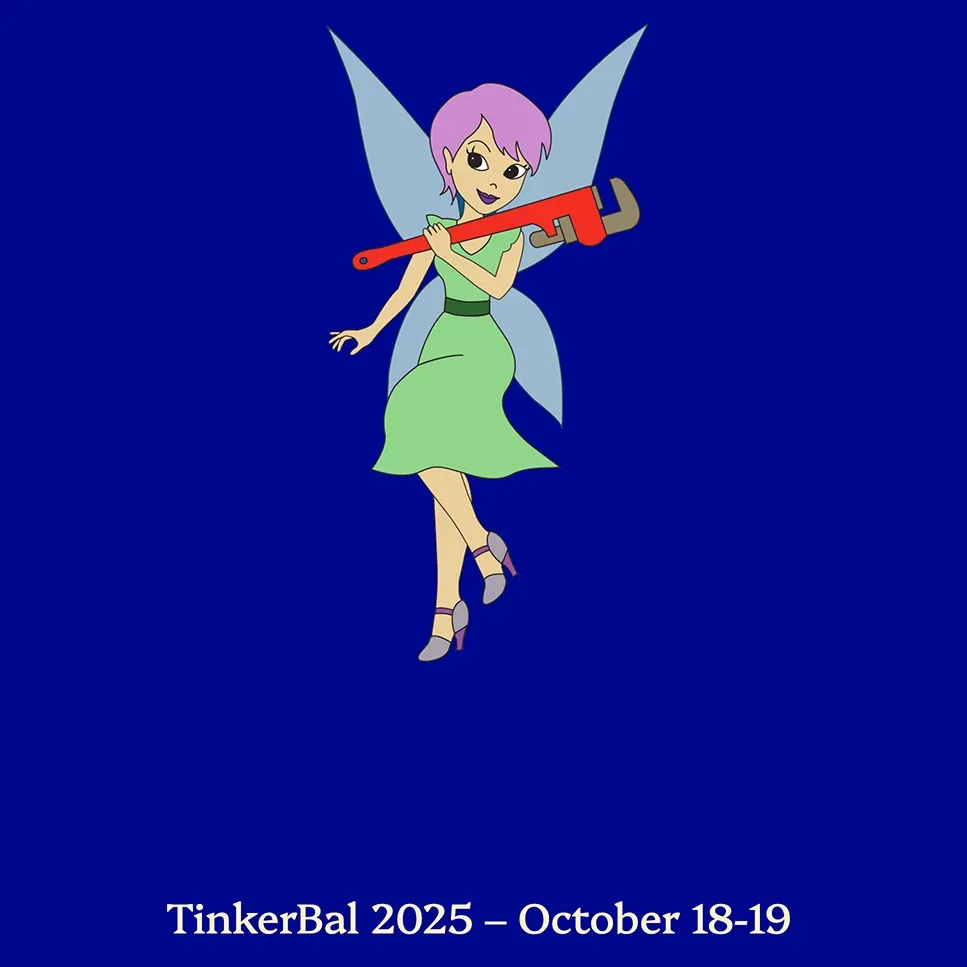
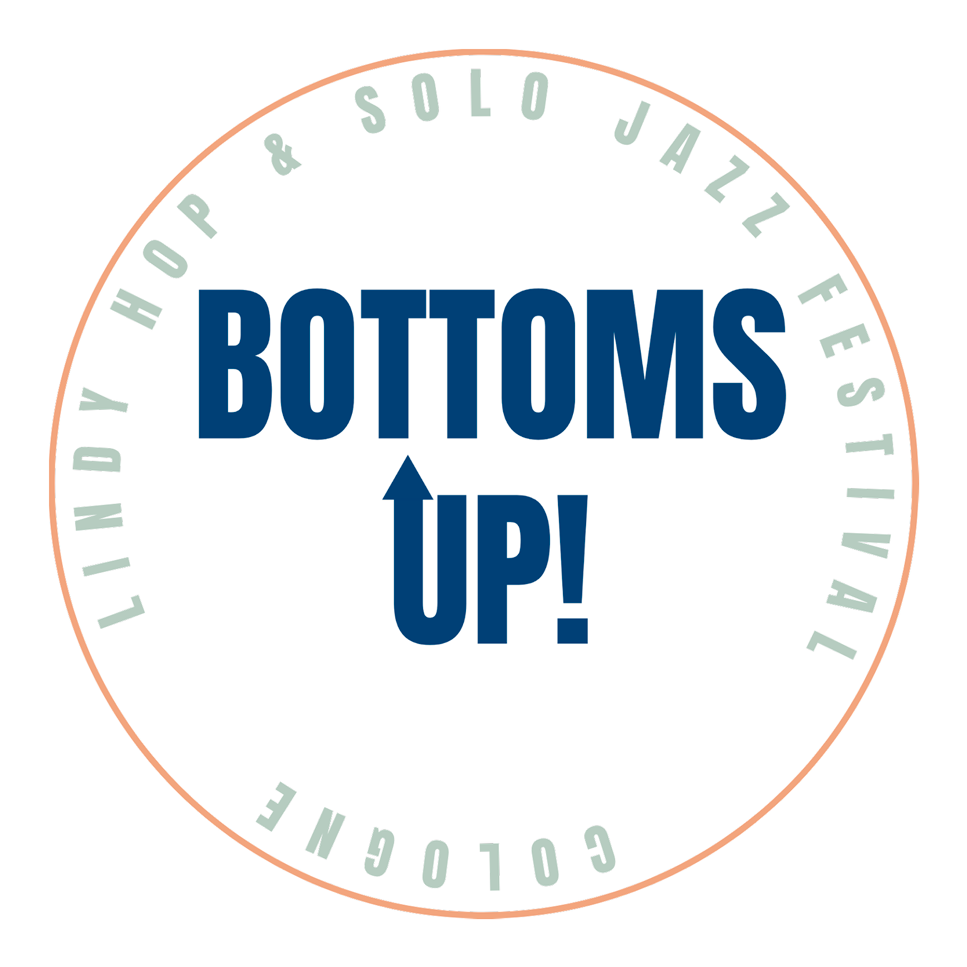
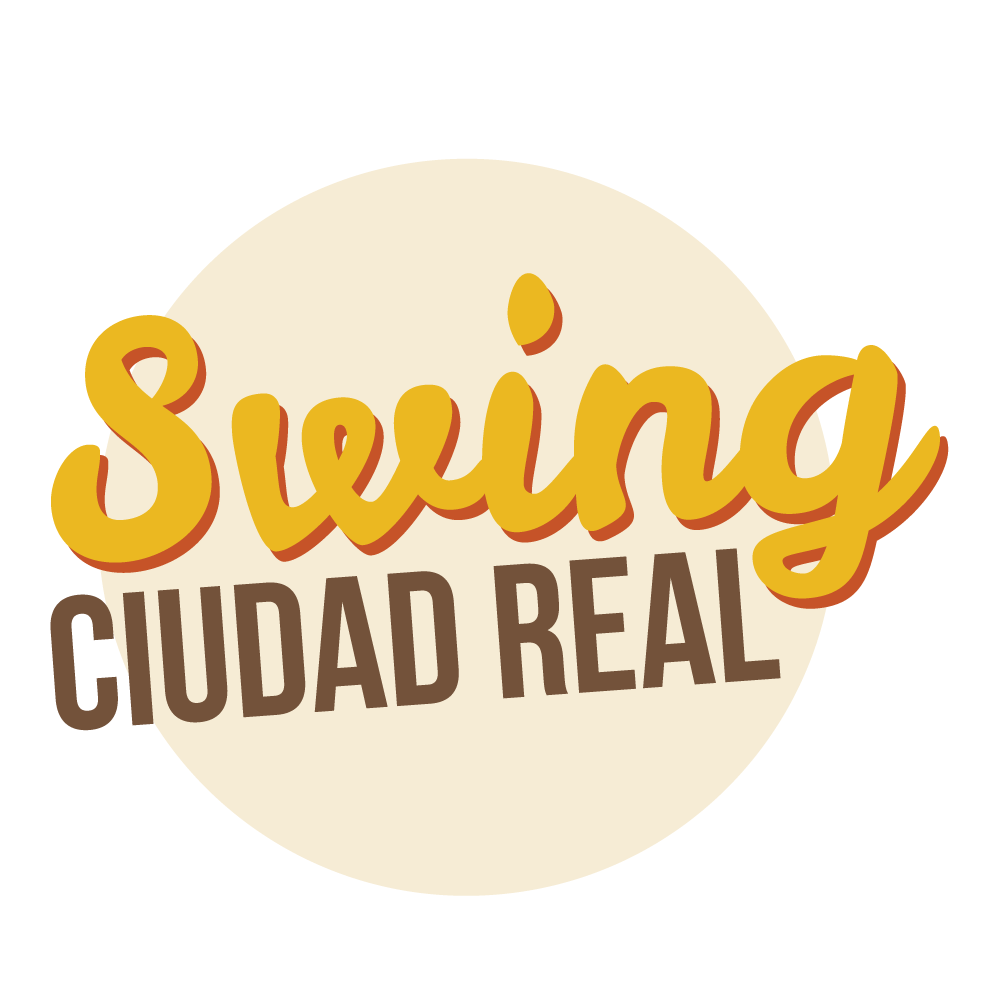


Discussion